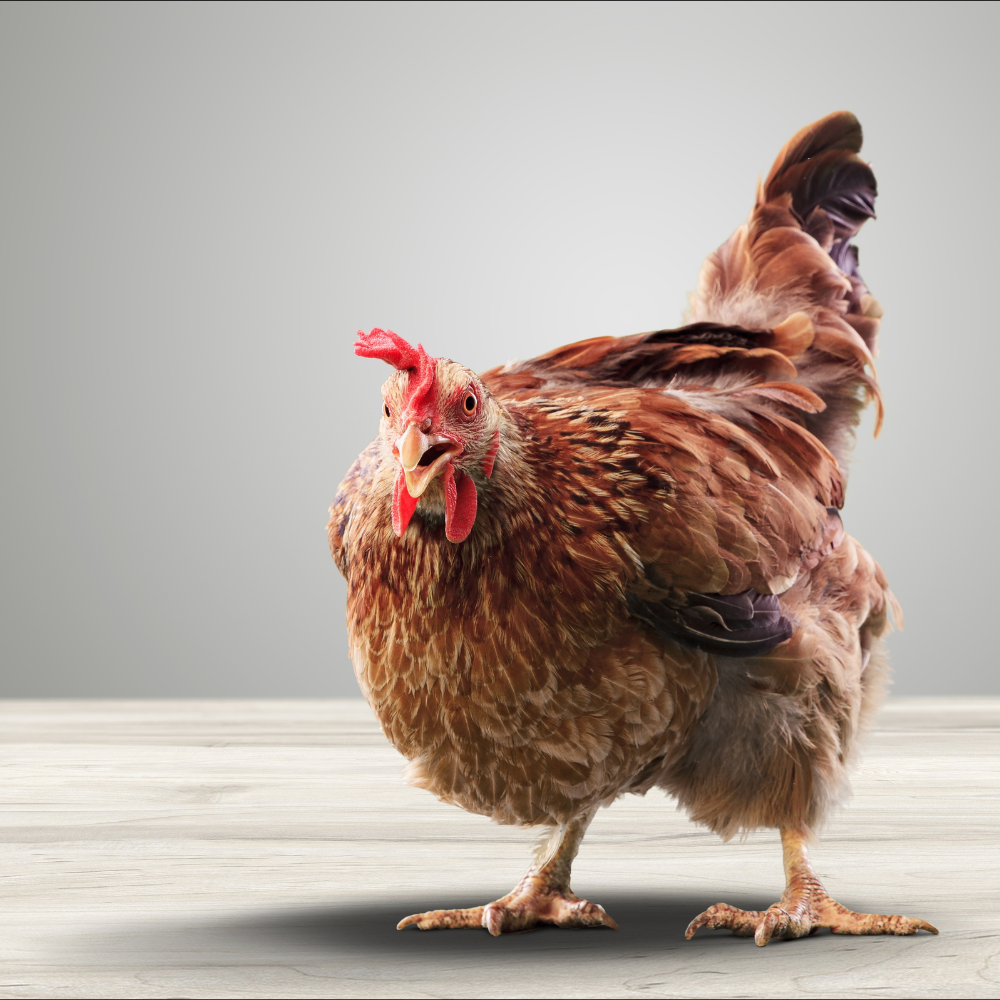
Avian flu, which engulfed millions of birds in Europe, has now managed to infect mammals in the region. Throughout 2022, farmers in the UK have been struggling with the outbreak of Avian flu or commonly known as the Bird flu. So far, the outbreak of Avian flu in 2022 has killed over 97 million birds globally and around 4 million birds in the UK. These deaths included chickens, ducks, turkeys, and even many wild birds. It has seriously affected the livestock business in the UK and Europe. Researchers had predicted that the infection has a chance to spread to mammals, based on how rapidly it was spreading. Historically, there have been cases where the virus has managed to infect humans. According to the report by WHO, between 2003-2022, there have been 868 reported cases of Avian flu in humans, out of which 456 cases resulted in futility. Amid such a situation, UK officials have warmed the UK public regarding possible mutation with the Avian influenza virus. Officials said that this mutation will be able to infect humans as well, but with a lower risk of any serious illness. Because of this, the officials have decided to implement tougher screening measures in animals and humans that are suspected to have come in contact with the virus.
Avian flu is primarily considered to be a disease that infects only birds, Because of the same reason, it is commonly referred to as bird flu. But many researchers across the globe are understanding its effect on other animals such as mammals who have shown vulnerability to the infection. There have many cases where wild animals such as foxes, bears, and others have been tested positive for avian influenza. Despite this, the UK Health Security Agency (UKHSA) considers Avian flu a disease that primarily targets birds. Contrary to this, the Animal and Plant Health Agency has reported around 66 cases of avian flu in mammals like otters and foxes. The agency tested these mammals positive for highly pathogenic avian influenza (HPAI) H5N1. Upon analysis of the situation, researchers found out that the virus was carried to these mammals through birds. These mammals acquired the infection after feeding on deceased birds. The researchers also found out that the strain of the virus which was found in these mammals was a mutated one, with a higher transmission rate. Despite this, there was no sign of mammal-to-mammal transmission of the virus, which means that the transmission can be avoided if birds infected with the virus are disposed of carefully.
The transmission of the virus from birds to mammals was effectively explained by Prof Ian Brown, APHA's director of scientific services. He said that the deceased birds infected with the virus contain higher amounts of the virus, which is enough to infect scavenging mammals such as foxes and otters. Prof Brown also said that the national avian flu task force formed by the UK government will be working on monitoring the infection in humans and other mammals. He further said that the task force will be closely monitoring the birds, animals, and humans suspected to come in contact with the virus.



